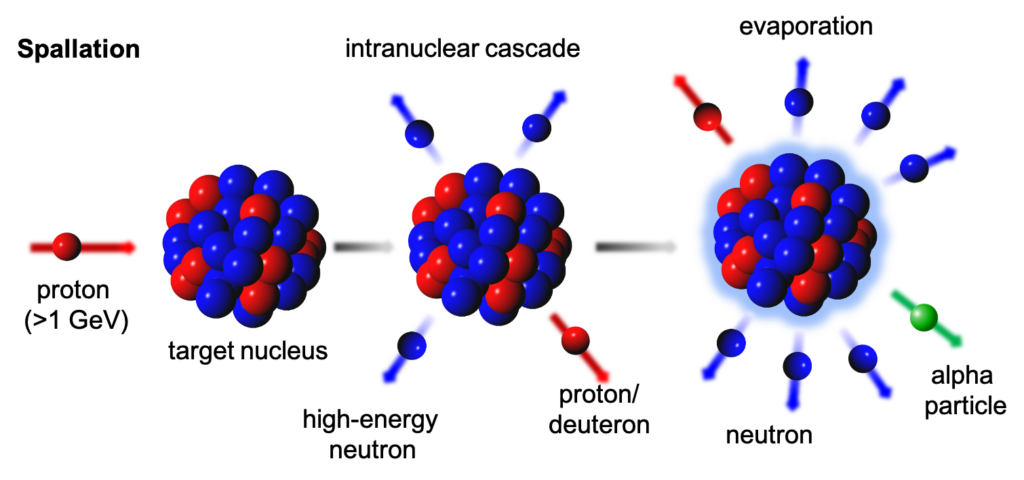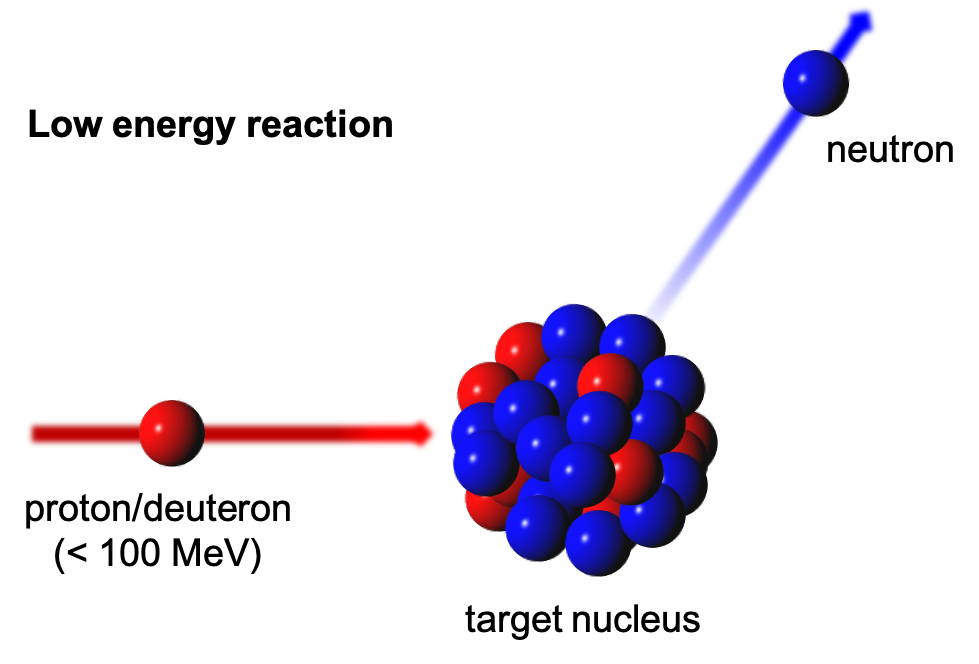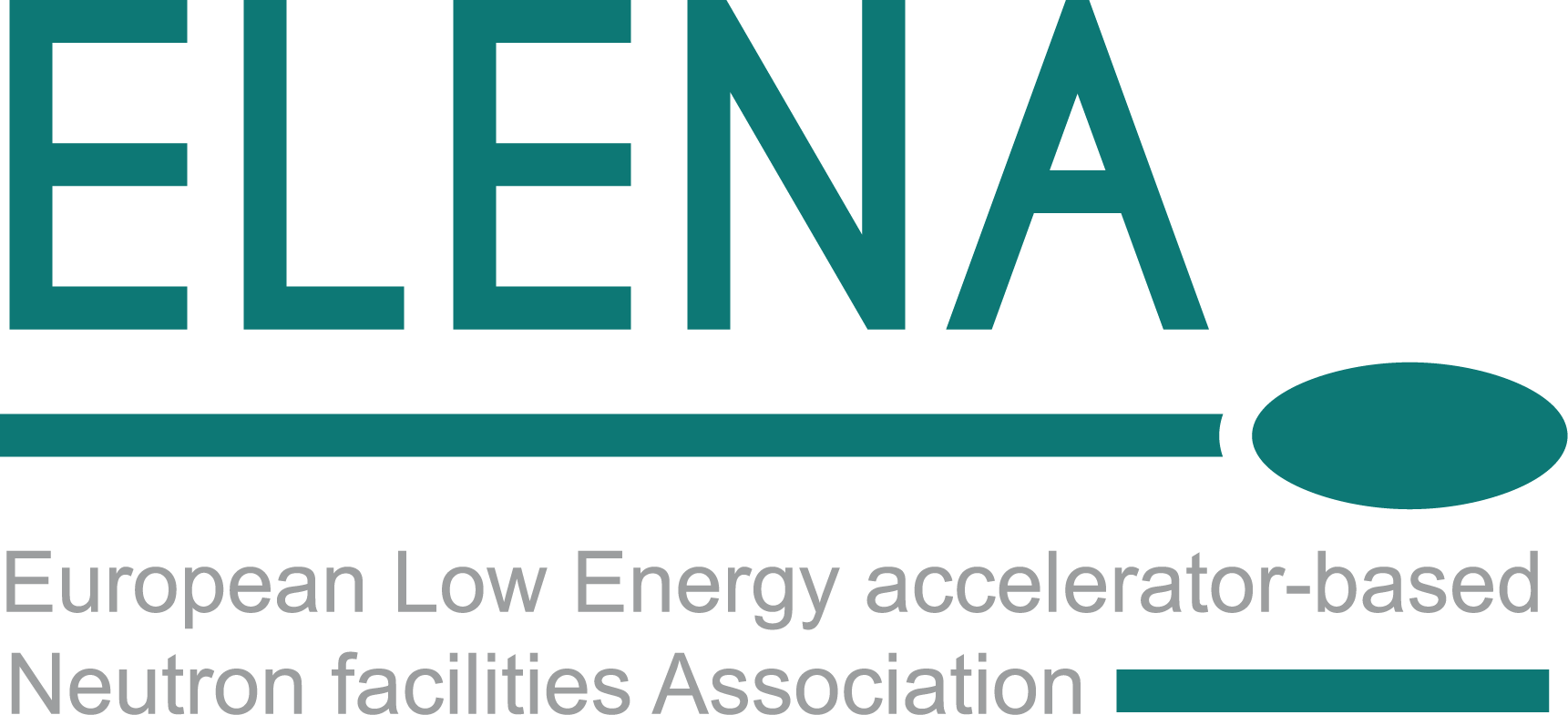Fission
Spallation
HiCANS



Reactor based fission neutron sources produce neutrons by nuclear fission.
Europe is hosting a suite of reactor-based neutron facilities ranging from small- and middle-scale facilities up to large scale and high-flux neutron sources like the FRM II in Garching, Germany, or the ILL High flux Reactor in Grenoble, France. These facilities serve a user community of about 8,000 users with nearly 30,000 instrument beam days each year and are the main work horses for neutrons in science and industry.
Worldwide a number of reactor-based neutron sources are in operation with similar performance as the mentioned European facilities.
Only a few projects on new research reactors are planned worldwide such as the PIK reactor in Gatchina, Russia, and the RA-10 reactor in Buenos Aires, Argentina. These reactor-based sources will be used as well for the production of radioisotopes for medical use to balance the investments of several 100 MEUR for the construction.
Most of the facilities mentioned above are in operation since the 60s or 70s and they have already reached or will reach soon the end of their scientific lifetime.
In a spallation neutron source protons are accelerated by a high-powered accelerator and made collide into a heavy metal target (like mercury or tungsten) that “spall off” free neutrons in response to the impact.
Since the 70s spallation neutron sources have been developed and put into operation. In Europe the first of this kind of sources was ISIS in UK followed by SINQ in Switzerland which came into operation in 1985 and 1996, respectively. Worldwide spallation neutron sources can be found in USA, Japan and in China where recently the Chinese Spallation Neutron Source in Dongguan with a 1.6 GeV proton beam and a neutron beam intensity comparable to ISIS has been put into operation.
Three powerful megawatt spallation sources have been built in the last decade or are under construction. They operate in pulsed mode with a peak flux much superior to the average flux of research reactors. This peak flux can be used efficiently in time-of- flight applications. These sources are the SNS in Oak Ridge, USA, J-PARC in Tokai-mura, Japan and the ESS in Lund Sweden that will become the world brightest neutron source.
Neutron sources based on nuclear reactions using low energy proton beams and light elements are in operation in USA and Japan since the 90s. The LENS facility in Indiana, USA, was built in 2003 and uses a proton accelerator with 13 MeV proton beam offering a neutron yield in the range of low flux reactors. Several university-based small neutron sources are in operation in Japan. These use low energy proton accelerators in the energy range up to 7 MeV (except at HUNS, where an electron beam with 45 MeV is used). The performance of these sources for neutron scattering experiments is mostly an order of magnitude below small reactor-based sources but allows qualified experiments on structure research (diffraction, small angle scattering) and imaging.
A compact neutron source using an electron accelerator has been in operation in Bariloche, Argentina, till recently. Several projects exist in China to establish small and compact accelerator driven neutron sources.
In Europe no such kind of accelerator driven neutron source for neutron scattering applications does exist at present, but there are several projects to develop and built High Current Acclerator-based Neutron Sources (HiCANS). ELENA is just the association, where these projects are cooperating.
